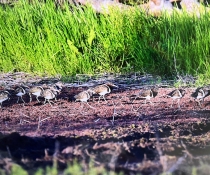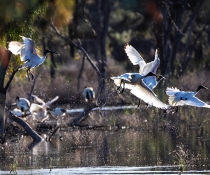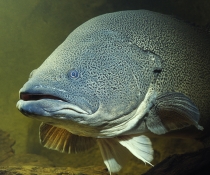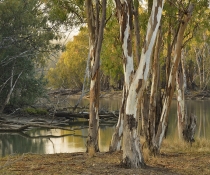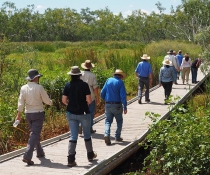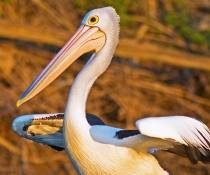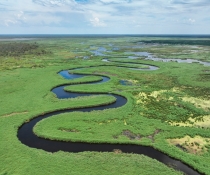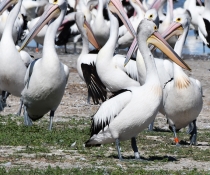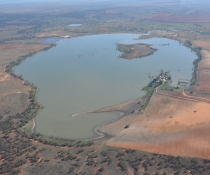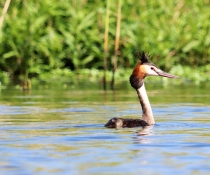Survival of threatened waterbird chicks a top priority in Gulpa Creek Wetlands
As water levels begin to recede in the Gulpa Creek Wetlands, attention has turned to the survival of its endangered Australasian bittern population.

The Barmah-Millewa Forest Wetlands, which includes Gulpa Creek Wetlands, is one of Australia’s most significant breeding sites for the nationally threatened waterbird, providing nesting and foraging habitats for up to 30% of the Australasian bittern population.
Recent high natural flows have created prime breeding conditions for the endangered species, but as water levels begin to recede, the wellbeing of bittern chicks is a concern.
Murray Lower Darling Senior Environmental Water Management Officer, Paul Childs, said the NSW Department of Planning and Environment (DPE) had been closely monitoring water levels in the wetlands.
Through NSW’s Water for the Environment program, environmental water managers — in conjunction with Water NSW, the National Parks and Wildlife Service and the Murray Darling Basin Authority’s Living Murray program — are coordinating environmental water releases to ensure conditions are maintained for the Australasian bittern chicks.
Mr Childs confirmed that the distinctive deep, booming call (males regularly call to attract the attention of females during breeding season) of the Australasian bittern had been heard in the Gulpa Creek Wetlands – evidence that breeding and nesting were well underway.
“The Gulpa Creek Wetlands is a significant site in the breeding regime of Australasian bitterns; they utilise the wetlands every year,” Mr Childs said.
Mr Childs explained that environmental water is used in the Gulpa Creek Wetlands annually to sustain critical habitat for Australasian bitterns, and other waterbirds, even following significant flood events.
“We need to make sure that we do everything we can to give Australasian bittern chicks the best possible chance of survival,” he said.
The Australasian bittern is culturally significant for First Nations people - central to the creation story and known as the Bunyip Bird.
The Australasian bittern is a large, heron-like bird that was once widespread across reedy wetlands of southern Australia, but loss and degradation of its preferred habitat caused substantial declines.

